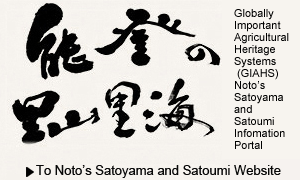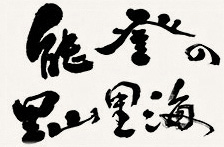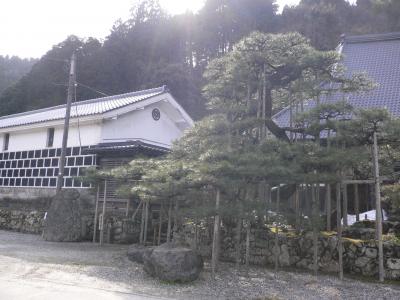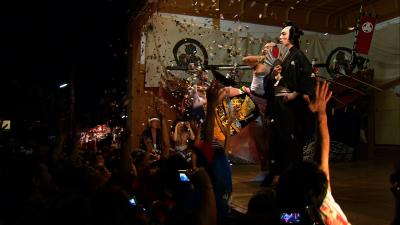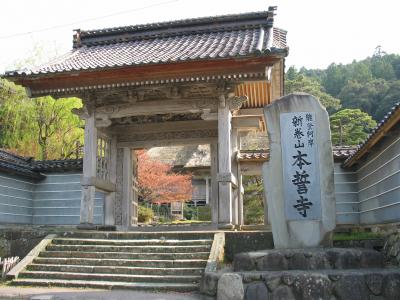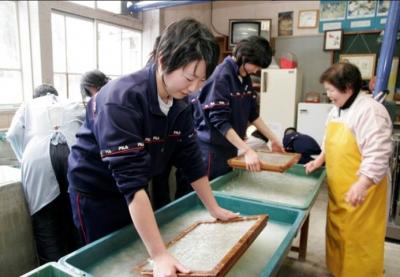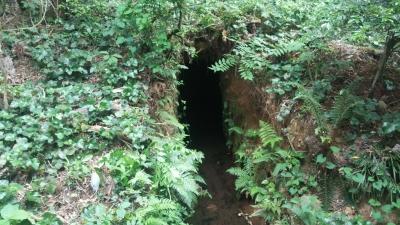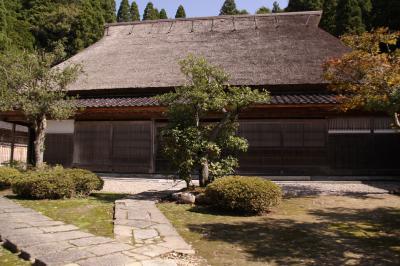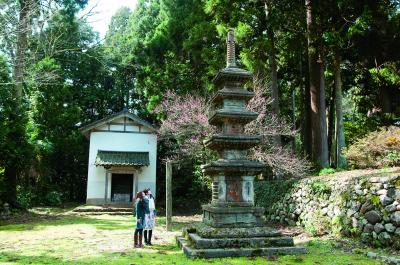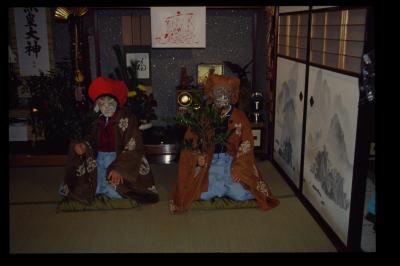
Name
Nanso Residence
Category
History
Class
Landmark
Age
17th century~19th century
Designation
Nationally registered tangible cultural property (architecture) (August 2006)
Comment
The Minami family history can be traced back 25 generations to the pre-Kamakura period. During the Edo period, the family prospered as the tenryo-shoya (headman of a village under the direct control of the shogunate). The residence is of the large-scale type seen in the Meiji period. The main house and the rice granary were registered as tangible cultural properties by the government in 2006. It is said that successive lords of the family inherited the name “Soemon,” and the family became known as Nanso-ke or the Nanso family. The family had a wide range of businesses; they dealt in rice, wood, and charcoal, and were involved in salt and tea production, as well as sericulture. They made a fortune with Kitamae ship trading. The successive generations of lords were art and tea-ceremony lovers, and collected antiques such as ceramics, paintings and calligraphic works, urushi-lacquer art and metalwork from Japan, China and Korea. The family collection includes works by famous artists of the Edo period such as the painters Tawaraya Sotatsu and Maruyama Ôkyo, and the potter Nonomura Ninsei. In 1971, the 200-year-old rice granary was renovated and inaugurated as “Noto-shuko-kan Nanso”. The name was changed to “Nanso Museum” in 2000, and it was opened to the public.
Material Link
Views
Access number:8995

